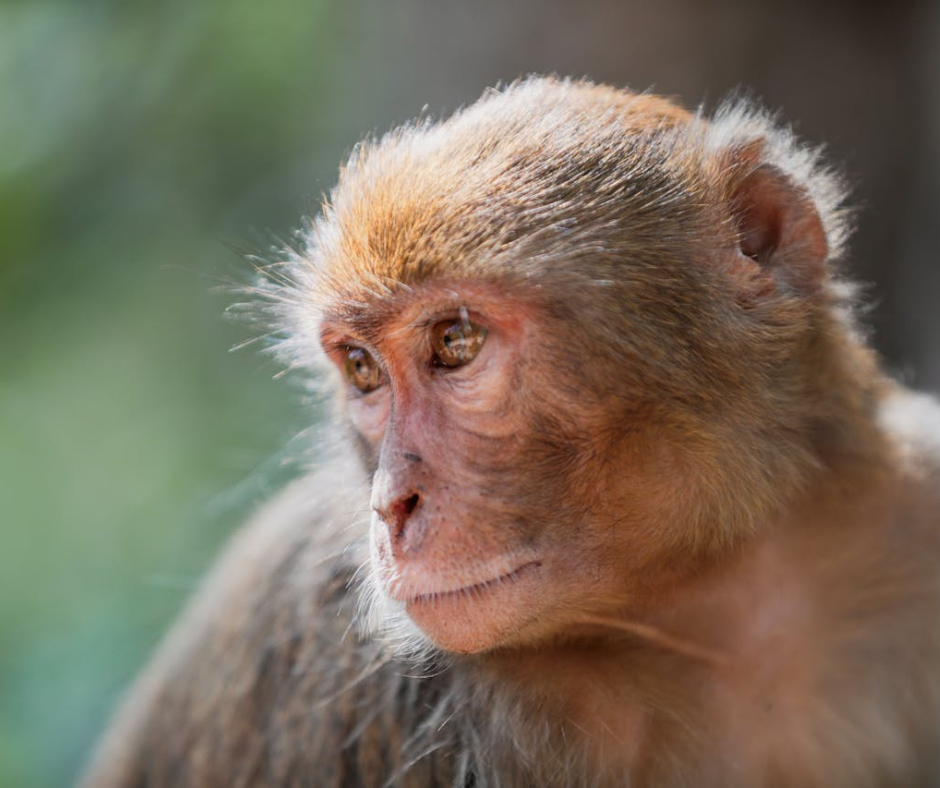A Different Beast: What We Can Learn From Animals

Photo by Kunal Lakhotia from Pexels
Both humans and animals are known for pattern-seeking. While primarily intended as a survival mechanism (for example, to identify and avoid inedible plants), humans tend to seek structure in patterns to help make sense of the world. One such narrative concerns the differences and similarities between humans and animals.
This particular story informs comparative psychology, which observes animal behavior in order to better understand the human experience. While research in this area reveals the evolutionary advantages to being human, it also shows the disadvantages experienced by animals and the instincts we lost along the way.
Man and Beast
The connection between animals and humans has undergone its own evolution. While animals continue to be used as a resource for food and other materials, increased understanding of animal behavior has also led to their use in companies such as Wellness Wag, an emotional support animal service.
This dichotomy between animals as resources and as trusty companions has long been a source of debate for activists querying the distinction between domesticated animals and livestock. While modern meat-production tends to shield us from such questions, prehistoric humans confronted them at close quarters - or at least within throwing range of a spear.
Evolutionary
Advantages
The descent of homo erectus from the treetops millions of years ago marked the divergence of humans from other animals. Firstly, our (formerly vegetarian) prehistoric ancestors used tools to hunt for animals to use as meat. Later on (humans having lost their ape-like pelts), animals were also used for their fur.
While hunting is a trait shared by other animals, language was a further evolutionary advantage enabling humans to build upon the skills of their predecessors, leading to shift from their role as hunter-gatherers living amongst other animals towards agriculture and domestication.
Two Legs
Good?
As civilization advanced, humans became further separated from the hunt and by extension, their own animalistic nature. Zoolatry was replaced with the worship of more human-like deities (or in the case of monotheistic religions, a deity), and animals were increasingly viewed as not only separate from humans, but inferior.
This was more aligned with Aristotle’s “man brute” view that animals were not sentient creatures capable of emotional intelligence, but resources to be exploited. This denial of any similarity between humans and other species can also be seen in creationism, a branch of Christianity rejecting evolutionary theory.
Adapting to
Survive
The concept of human superiority risks anthropomorphizing animals, celebrating their perceived human-like attributes while denying or misinterpreting their unique, species-specific traits and behaviors.
For humans, this involves the use of evolutionary advantages to develop sophisticated technology. Rather than proof that we are “better”, some argue this is simply another set of species-specific traits and skills that (much like any other animal), we developed in order to survive within specific contexts.
Comparatively Speaking
Contrary to Aristotle’s man brute view and creationist theories, the contemporary scientific view of humans is that of a highly evolved animal possessing many similarities to other species, such as aggression when under threat or playful behavior.
Many similar observations in comparative psychology proved to be valuable, yet they also came at great physical (or even psychological) cost to the animals who could not consent to their involvement in experiments
The Plight of
“Dumb Animals”
All too frequently, animal rights abuses are also an abuse of human evolutionary advantages such as the capacity to communicate using language. One notable example involves Harlow’s 1958 experiment separating baby rhesus monkeys from their mothers.
While Harlow’s work is sometimes viewed as having provided insights into social attachment behavior, critics argued that the means of the experiment did not justify the end, namely the irreversible emotional and psychological damage caused to the animals involved.
Speaking Our Language
While Skinner’s behavioral research in pigeons and squirrels led to the development of CBT, speech-based therapies of this nature aren’t always the best solution. Many behaviors animals exhibit in the wild to cope with trauma are similar to those taught in body-based or somatic therapies, such as deep breathing, shaking and seeking kinship in order to calm and reset a dysregulated nervous system.
Animals also lack the capacity to ruminate, allowing them to live in the present. While this is more in the interest of survival than mindfulness, it illustrates how primal self-regulatory skills can be used to soothe the equally primal instinct to fight, take flight, freeze or fawn. However advanced, humans could stand to learn a lot from animals, who in many ways are not so different after all.